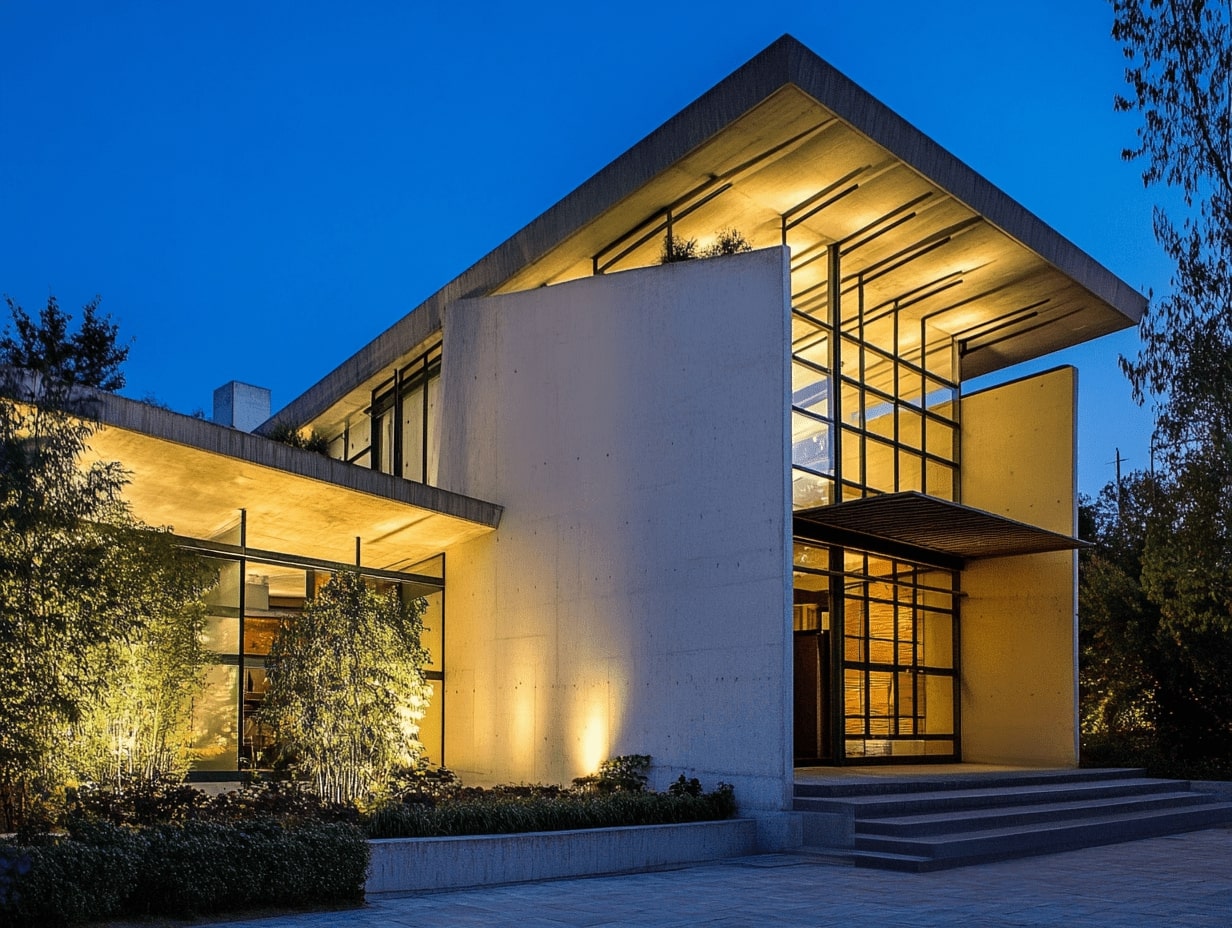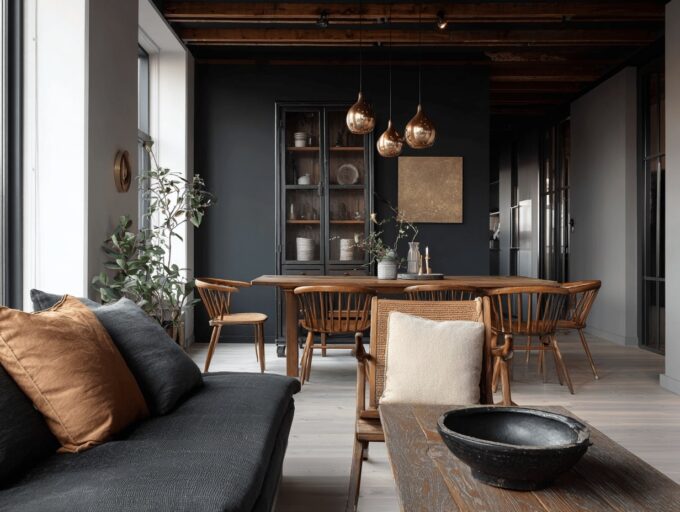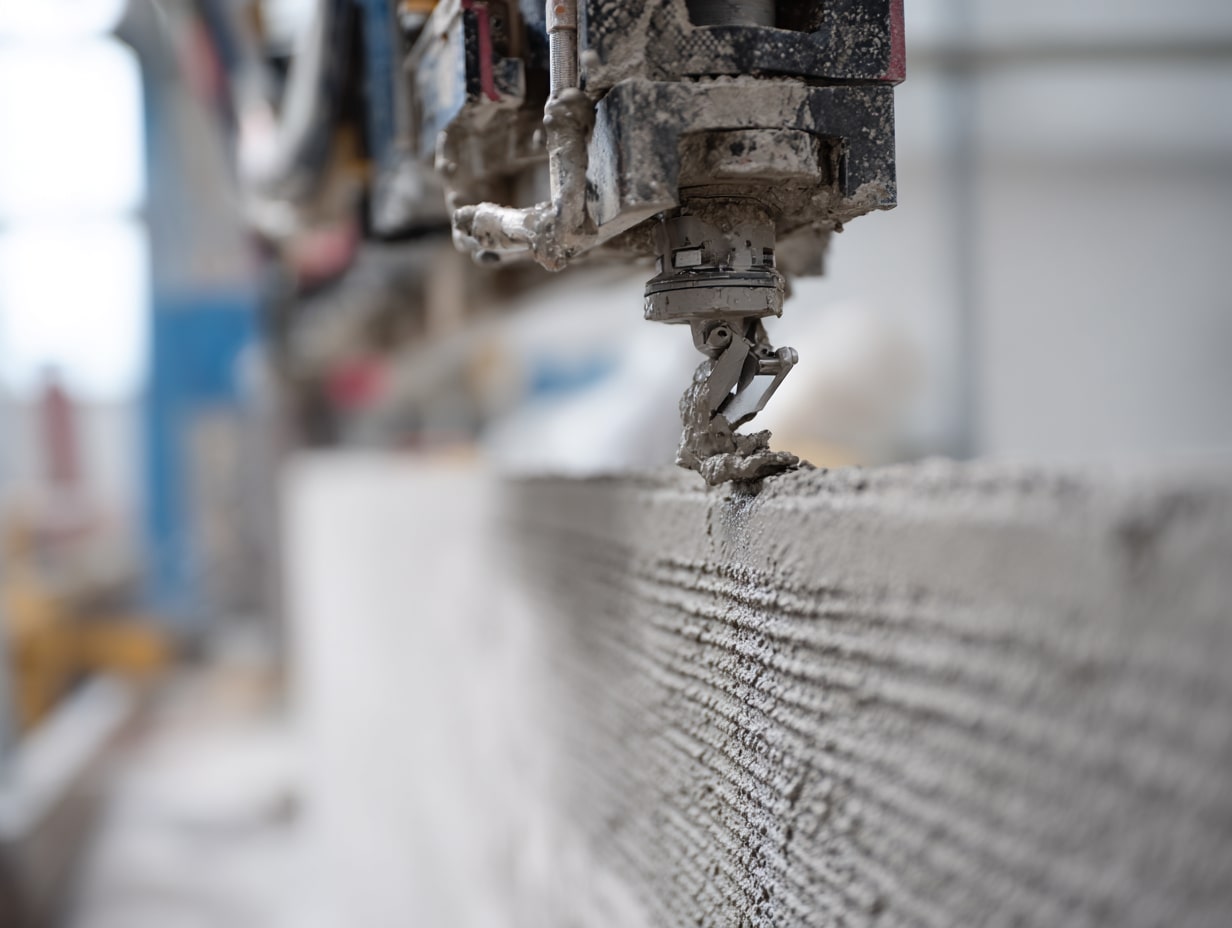- Home
- Articles
- Architectural Portfolio
- Architectral Presentation
- Inspirational Stories
- Architecture News
- Visualization
- BIM Industry
- Facade Design
- Parametric Design
- Career
- Landscape Architecture
- Construction
- Artificial Intelligence
- Sketching
- Design Softwares
- Diagrams
- Writing
- Architectural Tips
- Sustainability
- Courses
- Concept
- Technology
- History & Heritage
- Future of Architecture
- Guides & How-To
- Art & Culture
- Projects
- Interior Design
- Competitions
- Jobs
- Store
- Tools
- More
- Home
- Articles
- Architectural Portfolio
- Architectral Presentation
- Inspirational Stories
- Architecture News
- Visualization
- BIM Industry
- Facade Design
- Parametric Design
- Career
- Landscape Architecture
- Construction
- Artificial Intelligence
- Sketching
- Design Softwares
- Diagrams
- Writing
- Architectural Tips
- Sustainability
- Courses
- Concept
- Technology
- History & Heritage
- Future of Architecture
- Guides & How-To
- Art & Culture
- Projects
- Interior Design
- Competitions
- Jobs
- Store
- Tools
- More
Top Features of Spaces Designed to Improve Mental Health and Boost Well-Being
Discover how thoughtful design can transform spaces into havens for mental health. From natural light and biophilic elements to calming colors and ergonomic layouts, explore how residential, workplace, and community environments can reduce stress, foster resilience, and boost emotional well-being.

Creating spaces that nurture mental health has never been more important. As our lives grow busier and more connected, we need environments that help us slow down, reset, and find balance. The spaces we inhabit—whether at home, work, or in the community—have a profound impact on our well-being, shaping how we feel, think, and interact.
From calming natural elements to thoughtful layouts, design plays a key role in fostering emotional resilience and reducing stress. When we prioritize mental health in the way we shape our surroundings, we’re not just creating beautiful spaces—we’re building sanctuaries that support our minds and souls. Let’s explore how intentional design can make a difference in our daily lives.
Table of Contents
ToggleUnderstanding The Importance Of Mental Health In Design
Mental health significantly influences how we interact with our surroundings. Integrated design principles address this by creating spaces that support emotional well-being. By prioritizing functionality and aesthetics, we encourage environments that enhance clarity, reduce anxiety, and promote positivity.
Thoughtfully designed spaces incorporate elements that impact psychological health. Natural light, for instance, helps regulate circadian rhythms, improving sleep and mood. Quiet zones reduce sensory overload, fostering focus and relaxation. Features like ergonomic seating and spatial layouts lower stress levels by encouraging physical comfort.
Community settings benefit from design that fosters social interaction. Shared spaces, such as parks or communal areas, strengthen connections by offering neutral zones that encourage engagement. Inclusive design ensures accessibility for everyone, promoting feelings of belonging.
Biophilic design integrates nature into spaces to improve mood and reduce stress. Adding plants, natural materials, or water features links people to the outdoors, which positively affects mental health. These connections are crucial in environments like offices or urban homes where exposure to nature is limited.

Key Features Of Spaces Designed To Improve Mental Health
Spaces designed to enhance mental health prioritize elements that promote relaxation, focus, and emotional balance. These features combine aesthetics with functionality to positively impact well-being.
Natural Light And Ventilation
Maximizing natural light boosts mood and supports healthy sleep cycles. Large windows, skylights, and open layouts can ensure ample daylight. Proper ventilation removes pollutants and improves air quality, aiding mental clarity and reducing headaches.
Use Of Calming Colors And Textures
Soft hues like blues, greens, and neutrals create a sense of tranquility. Matte surfaces or natural materials, such as wood or cotton, provide soothing tactile experiences. Balanced color and texture choices reduce overstimulation and stress.
Inclusion Of Greenery And Nature Elements
Plants, vertical gardens, and water features bring nature indoors. Greenery enhances air quality and contributes to calmness and focus. For example, adding potted plants in workspaces or lounges can significantly improve emotional resilience.
Quiet And Reflective Areas
Dedicated areas for silence or mindfulness practices promote relaxation and self-awareness. Including sound-absorbing materials and situating these spaces away from busy zones minimizes distractions. Quiet spaces support meditation and reduce mental fatigue.

Types Of Spaces Designed To Improve Mental Health
Environments designed with mental health in mind prioritize features that reduce stress, enhance focus, and support emotional well-being. These spaces span personal, professional, healthcare, and community settings, each addressing unique needs for mental health improvements.
Residential Spaces
Residential spaces play a foundational role in mental health. Incorporating natural light, plants, and soothing colors in homes promotes relaxation and emotional balance. Spaces with designated quiet zones or areas for mindfulness practices, such as meditation corners, foster calmness. Open layouts and clutter-free designs also encourage mental clarity, making it easier to relax in living spaces.
Workspaces And Offices
Workspaces impact productivity and mental health. We see increased emphasis on ergonomic designs, adjustable workstations, and access to natural light to reduce workplace stress. Creating break areas, quiet rooms, and collaborative zones supports diverse mental health needs. Incorporating biophilic design, such as indoor plants or outdoor views, boosts mood, especially in urban work environments.
Healthcare And Wellness Centers
Healthcare and wellness centers integrate calming elements to reduce anxiety. Soft lighting, nature-inspired designs, and private consultation rooms create a soothing atmosphere for patients. Design considerations often focus on acoustics, ensuring noise reduction to support mental peace. Spaces for therapeutic activities or built-in gardens promote emotional healing and resilience.
Community Spaces
Community spaces encourage social connection and inclusivity. Parks and green spaces offer exposure to nature, benefiting mental health. Libraries, co-working spaces, and community centers with thoughtful layouts provide quiet areas and shared zones to foster collaboration. Design elements like accessible seating, pathways, and sensory-friendly features ensure everyone feels welcome and supported.

Examples Of Successful Mental Health-Focused Spaces
Certain spaces have been specifically designed to promote emotional well-being and mental health. These environments showcase how intentional design can positively impact our overall quality of life.
Pioneering Architectural Projects
Architectural projects like the Maggie’s Centers in the UK focus on providing supportive environments for cancer patients and their families. These centers integrate natural light, open layouts, and calming colors to create welcoming spaces. The High Line in New York City combines urban green space with walking paths, offering a tranquil escape from the bustling city.
Nanterre Psychiatric Hospital in France incorporates curved buildings, gardens, and natural elements to reduce institutional rigidity and encourage emotional healing. The Australian National University’s Kambri Precinct integrates outdoor spaces, water features, and natural textures to promote community well-being and enhance social connection.
Everyday Spaces With Mental Health Benefits
Public parks like Central Park in New York and Hyde Park in London provide access to greenery, walking trails, and serene settings for relaxation. Libraries, such as Oodi in Helsinki, use expansive open spaces, daylight optimization, and quiet areas to reduce stress and improve focus.
Cafés like The Well Cafe in Singapore focus on greenery, soft lighting, and ergonomic furniture to create calming environments for social interactions. Yoga studios often incorporate minimalist designs, warm lighting, and nature-inspired materials to enhance mindfulness and emotional regulation.
Challenges And Considerations In Designing Such Spaces
Designing spaces to improve mental health involves navigating various challenges and making thoughtful considerations. It’s vital to balance diverse priorities and create adaptable environments that truly support well-being.
Balancing Functionality And Aesthetics
Spaces designed for mental health must harmonize functionality and aesthetics to serve practical needs while promoting emotional well-being. Overemphasizing aesthetics can compromise usability, making spaces less effective in supporting mental health. For example, an overly minimalistic design might seem tranquil but fail to provide sufficient seating, privacy, or functionality.
Incorporating calming design elements like natural textures, muted tones, and soft lighting adds to the atmosphere, but these should align with the intended purpose. For instance, a workspace could include ergonomic furniture and organized layouts that enhance productivity without overwhelming visual elements. Striking the right balance ensures the space feels welcoming, intentional, and practical.
Adapting To Different Needs And Cultures
Mental health spaces must accommodate diverse user needs and cultural contexts to be effective and inclusive. Fixed designs may alienate individuals with unique preferences, sensitivities, or experiences. For instance, neurodiverse individuals often benefit from sensory-friendly environments with adjustable lighting and noise control.
Cultural considerations influence how people perceive and interact with spaces. Designers need to respect cultural norms, such as incorporating communal areas for societies that highly value social cohesion. On the other hand, private retreats might be more appropriate for those who prioritize solitude. Addressing these varied needs ensures designs resonate across demographics and enhance accessibility for all user groups.

Future Trends In Mental Health-Focused Design
Technological Integration. Smart technologies are transforming how spaces address mental health. Features like circadian lighting systems adjust brightness and color to align with natural light cycles, supporting better sleep and mood. Artificial intelligence (AI)-powered tools can monitor environmental factors, such as air quality and noise levels, to optimize well-being in real-time.
Personalized Environments. Advances in modular and adaptive design are creating spaces that cater to individual mental health needs. Customizable elements, such as adjustable seating, movable walls, and personalized sensory controls, allow occupants to shape their environment. These features are particularly beneficial in shared spaces like workplaces or therapy centers.
Virtual Reality (VR) Applications. VR is being incorporated into mental health-focused spaces for therapy and relaxation. Virtual nature experiences, mindfulness exercises, and meditative environments are offering therapeutic benefits, especially in urban areas with limited access to natural spaces. VR technology enhances user engagement and deepens emotional connection to designed spaces.
Biophilic Innovations. Building on the established principles of biophilic design, future spaces are incorporating advanced green technologies. Vertical gardens with air-purifying plants, integrated water features, and urban farming zones contribute to stress reduction and improved air quality. These innovations are crucial in densely populated settings.
Emphasis on Inclusivity. Designers are exploring universal design principles that ensure mental health-focused environments accommodate diverse populations. This includes sensory-friendly materials for neurodivergent individuals and gender-neutral community spaces to encourage broader inclusivity. Modular designs are also being refined to address varying cultural preferences and accessibility needs.
Collaborative Design Processes. Co-creation models involving community participation are shaping future mental health-oriented spaces. Engaging end-users in the design phase helps ensure the environments resonate with real needs and preferences. This trend fosters more human-centric, functional, and inclusive designs that enhance mental well-being for wider communities.
Conclusion
Spaces designed to improve mental health have a transformative impact on our emotional and psychological well-being. Through thoughtful integration of natural light, calming colors, biophilic elements, and ergonomic designs, these environments foster relaxation, boost productivity, and enhance emotional resilience. By prioritizing inclusive design and leveraging technologies like modular layouts or smart systems, we can create adaptive spaces that cater to diverse needs while maintaining functionality.
Healthcare facilities, workplaces, residential environments, and community spaces serve as prime examples of how intentional design improves mental health outcomes. Design principles that focus on balance, user-centric approaches, and accessibility create environments where individuals thrive. Future innovations, including virtual reality and biophilic advancements, hold promise for evolving these spaces further. By recognizing the profound connection between our surroundings and mental health, we can shape environments that support holistic well-being.
- calm space design
- designing for mental health
- designing well-being environments
- healing interior design
- health-centric space planning.
- holistic space design
- mental health and design
- mental health facility design
- Mental health spaces
- mental wellness architecture
- mindful space planning
- positive environment architecture
- serene interior spaces
- spaces for emotional well-being
- spaces for mental health
- spaces for mindfulness
- stress-reducing spaces
- supportive environment design
- therapeutic environment design
- tranquil environment design
- well-being design
- well-being spaces for homes
Submit your architectural projects
Follow these steps for submission your project. Submission FormLatest Posts
How Much Time Does It Take to Install Impact-Resistant Windows and Doors
Introduction Upgrading your home’s windows and doors can feel like a big...
How to Furnish Your New Home in 24 Hours (Without Picking Up a Screwdriver)
The keys have been handed over. The lease is signed. You are...
3D Printed Homes: Time, Cost, and What to Expect
3D printed homes explained: realistic timelines (24–72h walls, 8–16 weeks total), true...
How a Contact Centre Boosts Trust in Your Building Business
In construction, trust is the glue that holds projects together. Clients need...












Leave a comment